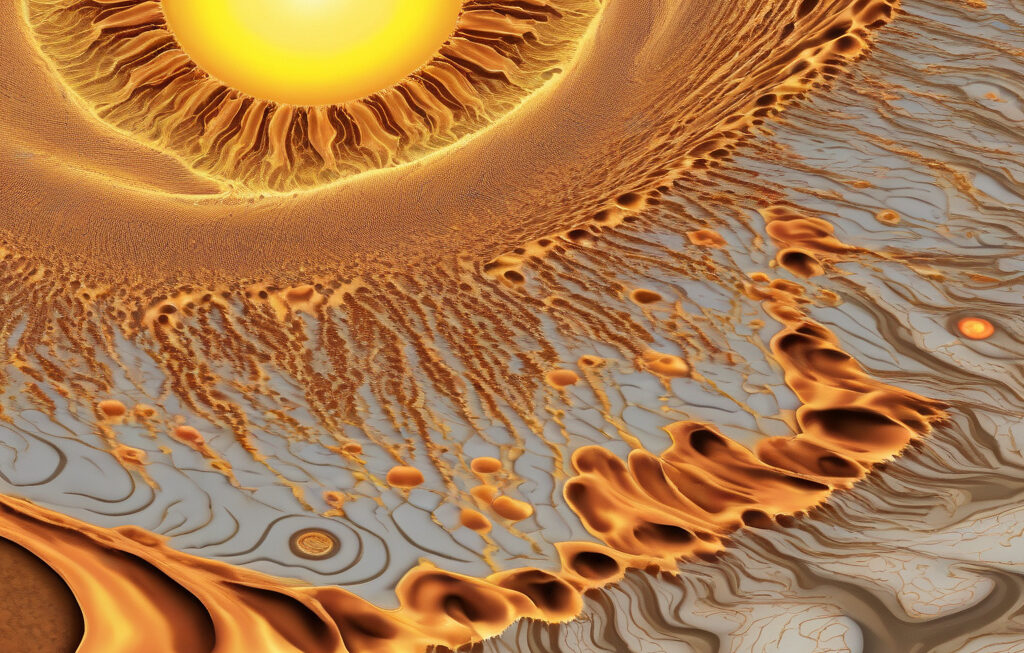Catching Neutrinos: The Game-Changing Algorithm Revolutionizing Scientific Discovery
For more than a century, scientists have known that Earth is constantly bombarded by cosmic rays, which create elusive particles called neutrinos. Neutrinos are incredibly difficult to detect due to their neutral charge and ability to pass through matter without leaving a trace. However, a groundbreaking new algorithm developed by a team of researchers may hold the key to capturing neutrinos as soon as they appear, revolutionizing the field of particle physics.
The traditional method of detecting neutrinos involves large-scale detectors located deep underground to shield them from cosmic radiation. These detectors are typically massive in size and require significant resources to operate. Despite their efforts, scientists have only been able to capture a small fraction of the neutrinos that pass through the Earth each day.
The new algorithm, known as NeutrinoNet, takes a different approach by leveraging machine learning techniques to predict the presence of neutrinos in real-time. By analyzing vast amounts of data collected from neutrino detectors around the world, NeutrinoNet can identify patterns and signals that indicate the presence of these elusive particles.
One of the key advantages of NeutrinoNet is its ability to operate quickly and efficiently, allowing researchers to pinpoint the exact location of neutrino interactions within seconds of their occurrence. This real-time detection capability is crucial for studying high-energy astrophysical events, such as supernovae and gamma-ray bursts, which produce intense bursts of neutrinos that last only a few seconds.
In addition to its speed and accuracy, NeutrinoNet is also highly adaptable and can be easily integrated into existing neutrino observatories without the need for costly upgrades. This means that scientists can take advantage of this cutting-edge technology without having to overhaul their current infrastructure.
The implications of this new algorithm are far-reaching. By improving our ability to detect and study neutrinos in real-time, researchers hope to gain a deeper understanding of the fundamental forces and particles that govern the universe. Neutrinos are not only important for astrophysics but also play a crucial role in particle physics, offering valuable insights into the nature of matter and antimatter.
Furthermore, the development of NeutrinoNet highlights the growing importance of artificial intelligence in scientific research. Machine learning algorithms are increasingly being used to analyze complex datasets and make predictions that would be impossible for humans alone. In the case of neutrino detection, NeutrinoNet has the potential to revolutionize the way we study these elusive particles and unlock new discoveries about the cosmos.
As we look to the future of particle physics and astrophysics, innovations like NeutrinoNet will continue to push the boundaries of our knowledge and capabilities. By harnessing the power of technology and collaboration, scientists are poised to make groundbreaking discoveries that will shape our understanding of the universe for years to come.
In conclusion, the development of the NeutrinoNet algorithm represents a significant leap forward in the field of neutrino detection and research. With its real-time capabilities and machine learning approach, NeutrinoNet has the potential to transform our understanding of these mysterious particles and their role in the cosmos. As scientists continue to refine and expand upon this technology, we can expect to see even more exciting discoveries on the horizon.
neutrinos, algorithm, scientific discovery, particle physics, machine learning












